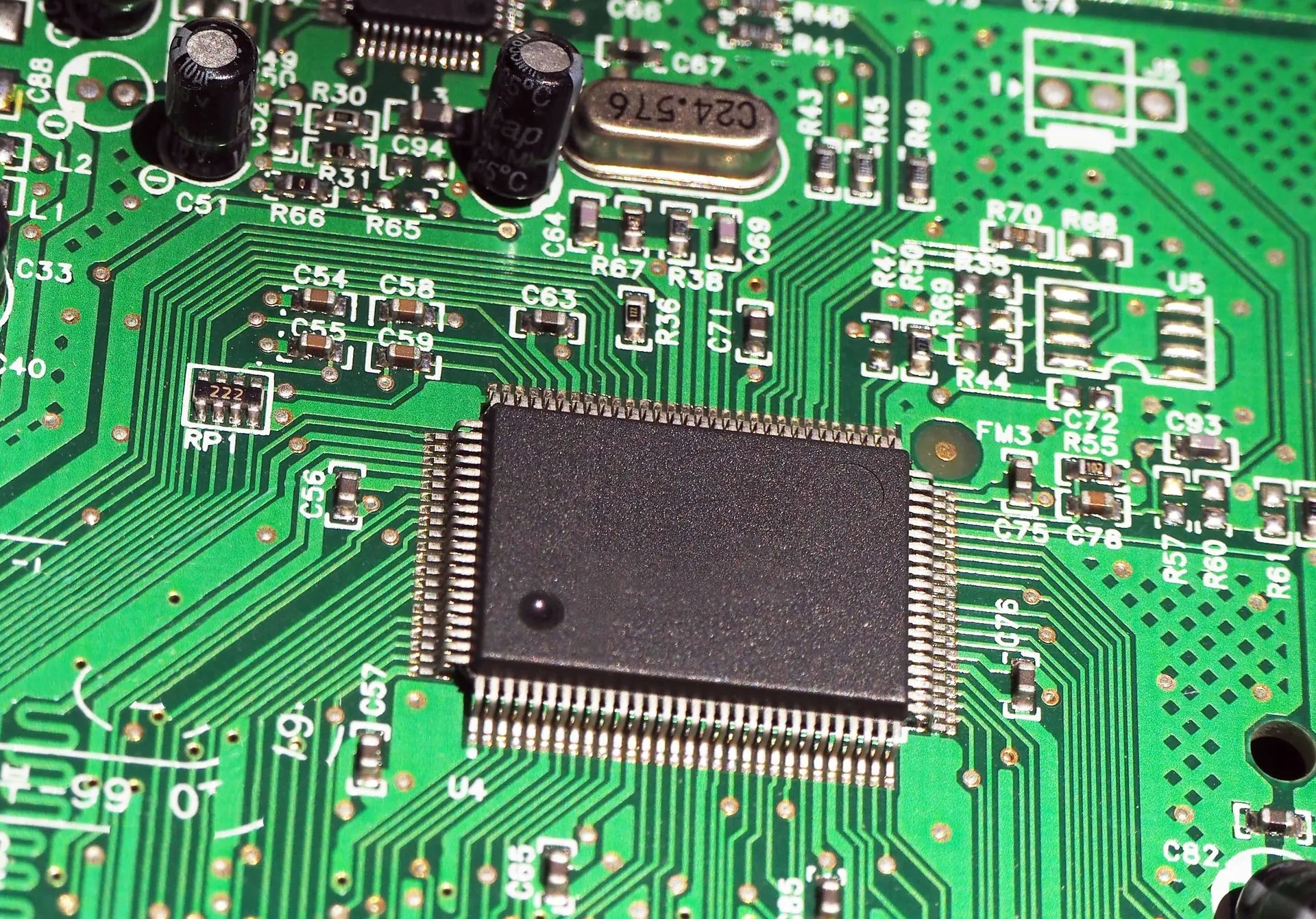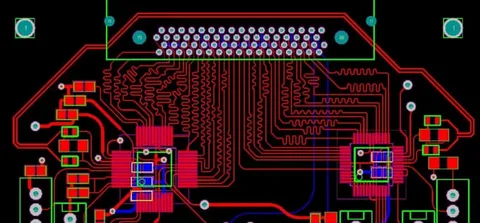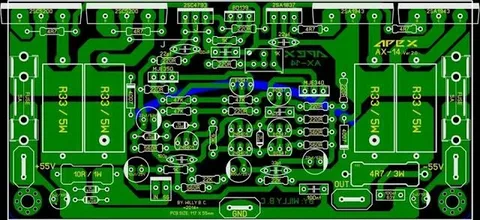In today’s rapidly evolving industrial and technological landscapes, the debate of Obsolescence Management vs Reactive Maintenance has become more critical than ever. Organizations are under pressure to maintain operational efficiency, minimize downtime, and manage costs effectively. Choosing the right strategy could mean the difference between thriving or failing in a competitive market.
Understanding the Core Difference Between Obsolescence Management and Reactive Maintenance
Obsolescence Management is a proactive approach that involves planning, forecasting, and managing the lifecycle of critical components and systems to avoid disruptions due to outdated or unsupported technologies. On the other hand, Reactive Maintenance is a corrective approach where action is only taken once a failure has occurred. It’s essentially a “fix it when it breaks” philosophy.
The conflict of Obsolescence Management vs Reactive Maintenance is about prevention vs correction, and understanding this is the first step toward making a smarter operational decision.
Why Proactive Obsolescence Management Outperforms Reactive Maintenance
Obsolescence Management vs Reactive Maintenance is not just a theoretical comparison—it translates into real-world consequences. When organizations rely solely on reactive strategies, they leave themselves vulnerable to unplanned downtimes, supply chain delays, and increased repair costs.
In contrast, proactive Obsolescence Management helps to:
- Reduce Unexpected Failures
By identifying end-of-life components and technologies before they become critical, organizations can replace or upgrade systems in a controlled manner. - Improve Asset Lifecycle Planning
Through detailed documentation and strategic planning, companies can extend the usable life of equipment and ensure long-term viability. - Minimize Downtime Costs
Unplanned downtime can cost thousands or even millions per hour depending on the industry. A strong obsolescence plan dramatically reduces these risks. - Ensure Compliance and Safety
Regulatory standards often require that components be up to date and supported. Falling behind could result in penalties or operational shutdowns.
The Hidden Costs of Reactive Maintenance
While Reactive Maintenance may seem cost-effective upfront, it often results in higher long-term expenses. The unpredictability of failures means that companies must act quickly—usually under pressure—which can lead to:
- Overnight or expedited shipping fees for parts
- Increased labor costs for emergency repairs
- Temporary shutdowns and lost productivity
- Potential safety hazards due to failed components
Moreover, relying solely on Reactive Maintenance puts organizations at the mercy of parts availability. For discontinued or obsolete components, finding replacements can become impossible or extremely expensive, especially when dealing with legacy systems.
How Obsolescence Management Creates a Competitive Advantage
Organizations that embrace Obsolescence Management position themselves for greater agility and resilience. Here’s how:
- Strategic Vendor Relationships
By knowing in advance when parts or systems are being phased out, businesses can negotiate better terms with suppliers or source alternatives proactively. - Budget Forecasting and Allocation
Obsolescence planning allows for smoother capital expenditure planning, avoiding the need for emergency budget reallocation. - Data-Driven Decision Making
Tracking lifecycle data enables more informed decisions about when to replace, upgrade, or phase out equipment. - Digital Transformation Enablement
Staying ahead of obsolescence allows for smoother integration of newer technologies, supporting broader digital initiatives.
When you compare Obsolescence Management vs Reactive Maintenance, the former clearly offers strategic benefits that align with long-term business growth.
Key Components of an Effective Obsolescence Management Strategy
A successful Obsolescence Management program involves a structured approach including:
- Lifecycle Mapping: Mapping the lifecycle of all components and systems, noting critical end-of-life dates.
- Risk Assessment: Identifying high-risk areas where failure would result in the greatest impact.
- Alternative Sourcing Strategies: Establishing alternative parts sources, reverse engineering solutions, or stocking critical components.
- Monitoring and Alerts: Leveraging software tools that alert teams about approaching obsolescence.
- Documentation and Reporting: Keeping detailed records to inform stakeholders and support regulatory compliance.
Implementing such a strategy ensures that obsolescence is handled with foresight rather than reaction.

Case Study: Real-World Impacts of Choosing the Right Strategy
Let’s consider a mid-sized manufacturing company that faced a critical machine breakdown. The part required for repair had been discontinued by the OEM two years earlier. Because the company relied on Reactive Maintenance, they had no backup plan. The result was a three-week shutdown, costing over $500,000 in lost revenue.
Contrast this with another organization in the same sector using Obsolescence Management. They had identified the end-of-life issue a year prior and secured alternative parts. When the equipment eventually failed, replacement was executed within 24 hours with minimal disruption.
This comparison underlines the tangible advantage in the Obsolescence Management vs Reactive Maintenance debate.
When Is Reactive Maintenance Still Relevant?
Despite the clear advantages of Obsolescence Management, Reactive Maintenance is not obsolete in itself. For non-critical systems where downtime is tolerable, reactive approaches can be a cost-efficient choice. It also suits smaller organizations with limited resources.
However, for mission-critical operations, production lines, and systems where safety, compliance, and uptime are vital, relying on Reactive Maintenance alone is a significant risk.
Conclusion: The Clear Winner Between Obsolescence Management vs Reactive Maintenance
When evaluating Obsolescence Management vs Reactive Maintenance, the evidence overwhelmingly supports the proactive approach. While Reactive Maintenance may seem easier or cheaper initially, it fails to deliver long-term resilience, cost control, and operational excellence.
Obsolescence Management not only prevents downtime but also empowers organizations with the data and insight needed to remain competitive in an ever-changing technological landscape.
By implementing a forward-thinking obsolescence plan, companies can gain a sustainable advantage, optimize their asset lifecycle, and ensure business continuity regardless of how the market evolves.






